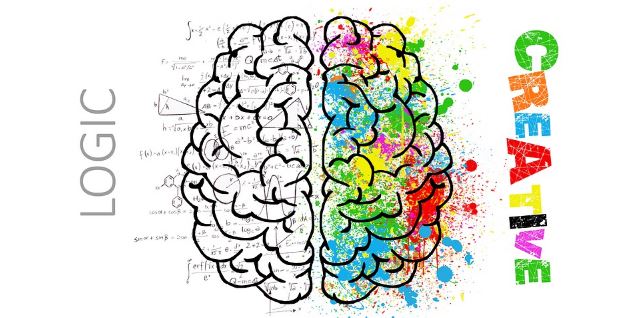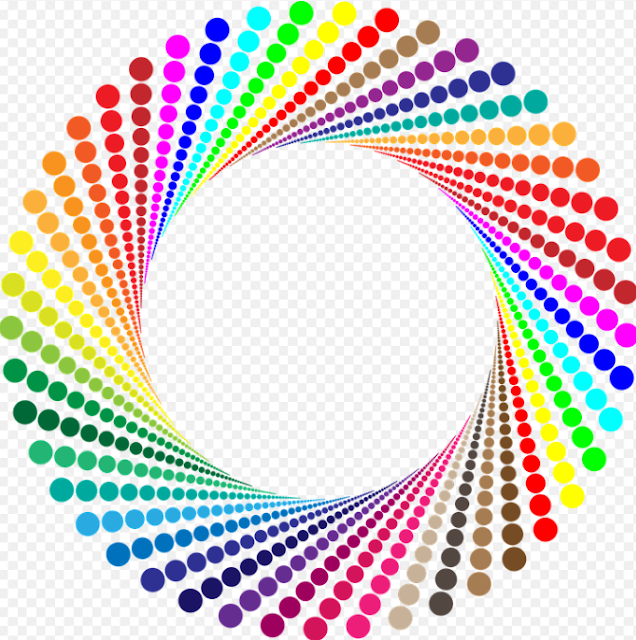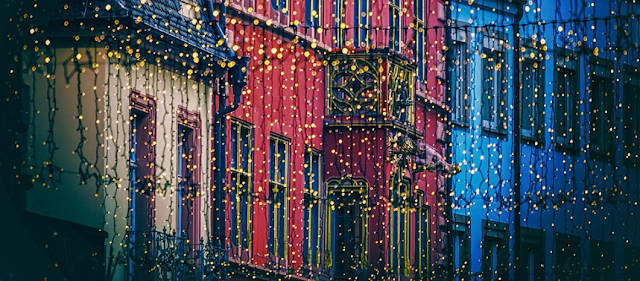THE COLOR PSYCHOLOGY

Color Psychology Color psychology is the study that shows how our brain identifies and transforms colors into sensations. The influence of colours can be observed in advertising, in the decoration of houses and offices, in fashion, in the way in which we would like to be seen, among others. Colour plays an important role in how your brand is perceived. Whether you're a fashion brand trying to connect with a young audience or a medical supply store trying to build customer confidence, you can study the meaning of colors to help you attract and better connect with your ideal customer. Color psychology can be used to help build a strong, easy-to-identify brand. In this article, we will explain what color psychology is and educate you about the meanings of the most popular colors used. ¿What is color psychology? Color psychology is the study of colors in relation to human behavior. Its objective is to determine how color affects our daily decisions, such as the ...



